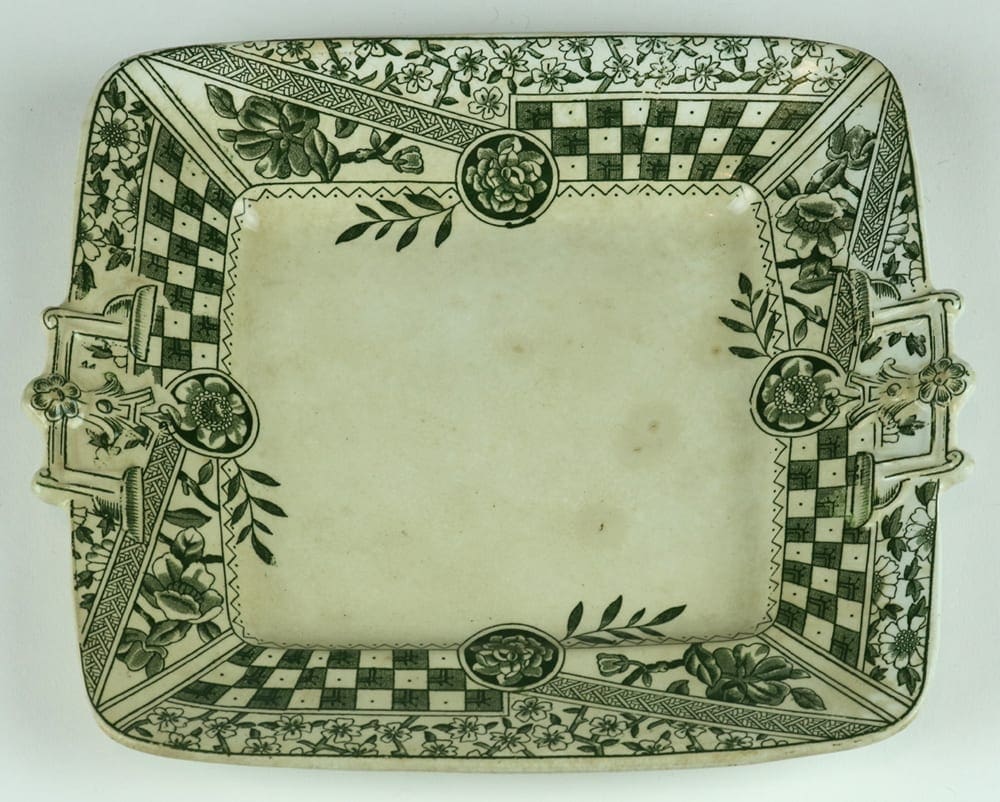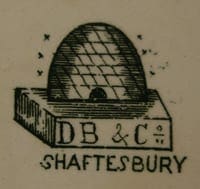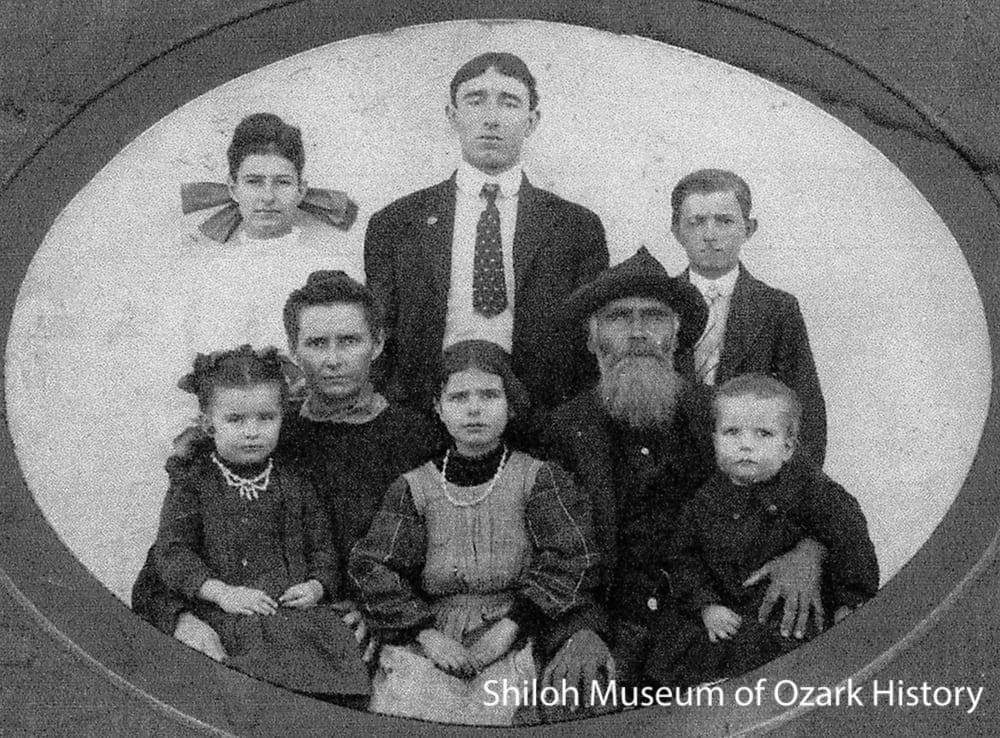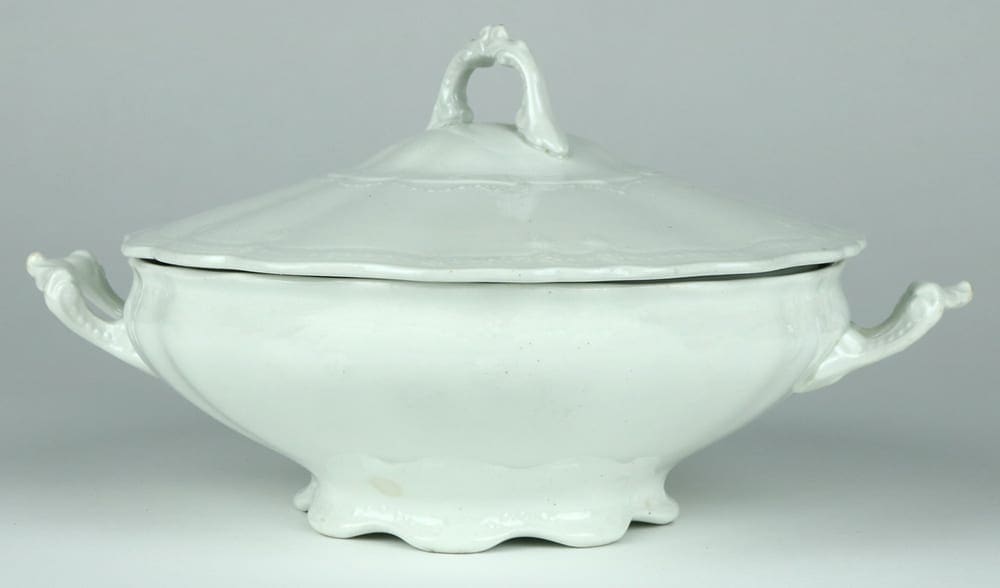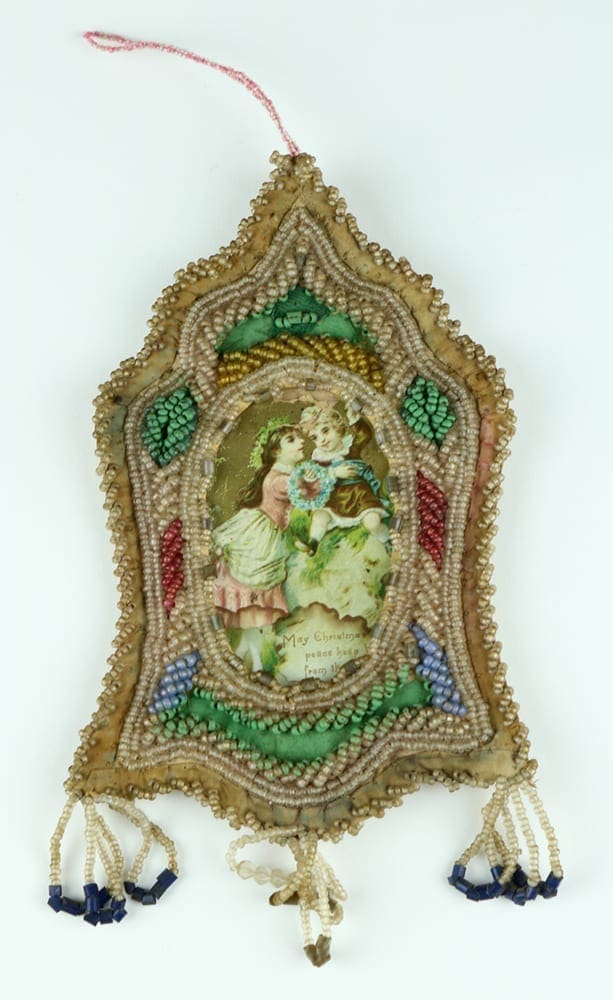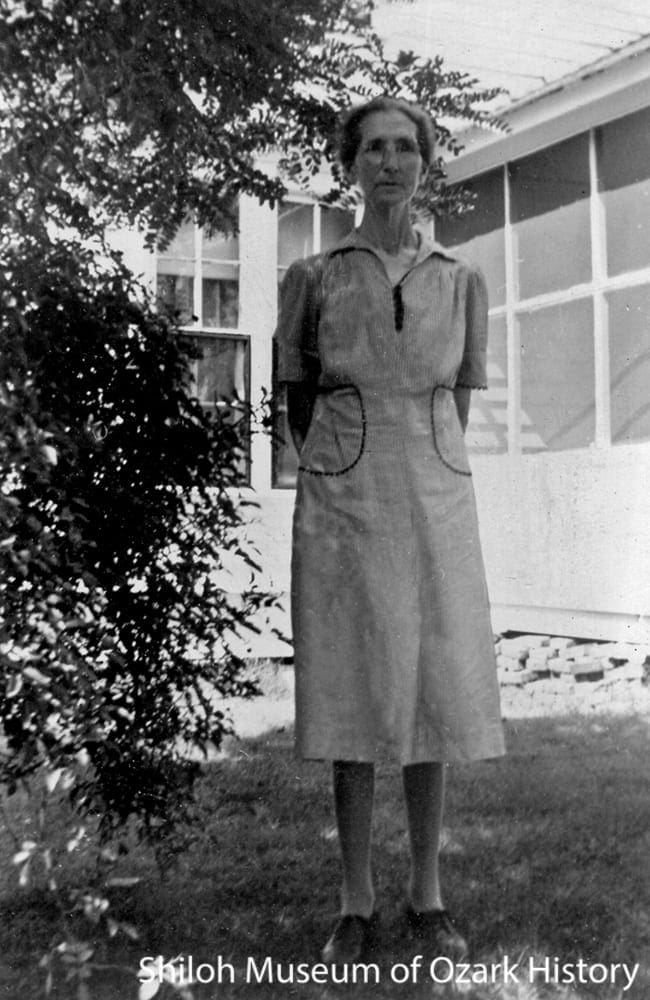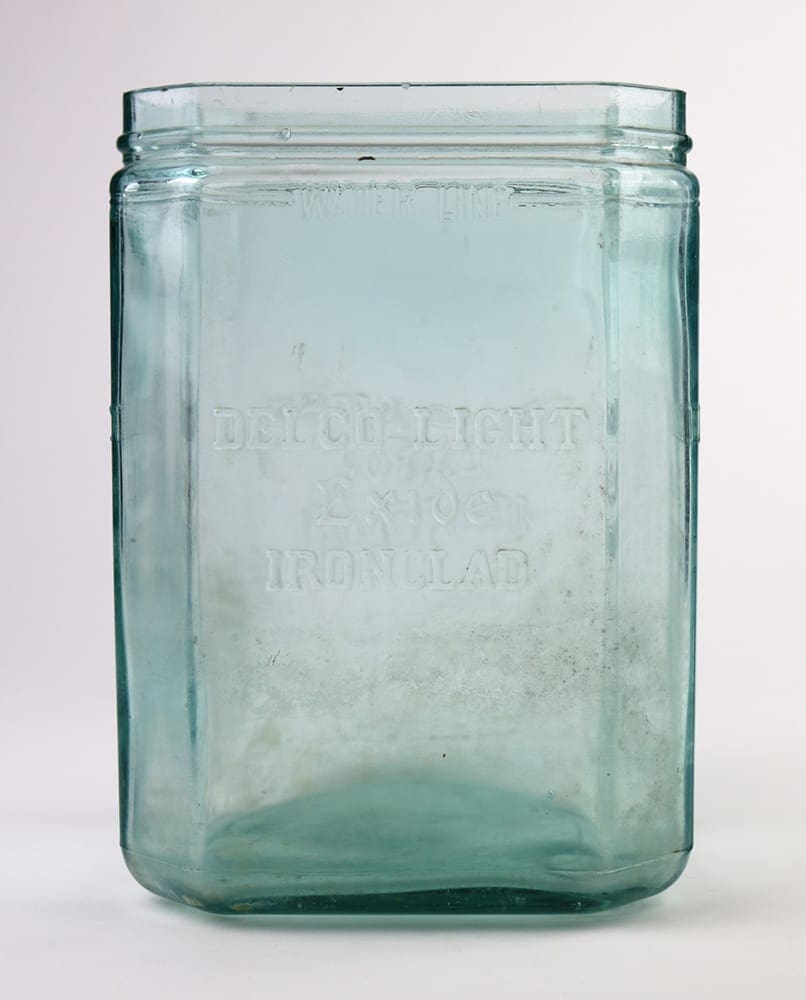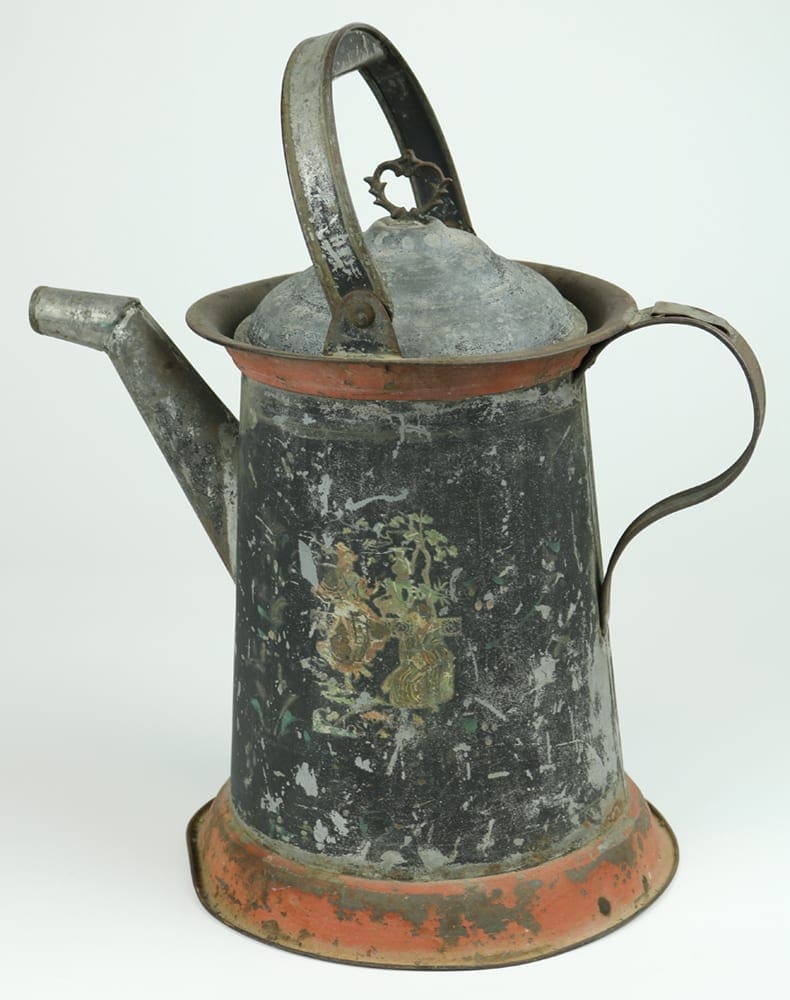Egg Basket
Donated by Billy Dean and Catherine Foster
This basket belonged to Elnora Coralee Webb Fritts (1865-1962). She was born at Durham (Washington County) and lived there always. Elnora and her husband, Lon, had four children: Herman, Lillie, Hattie, and Maggie.
Billy Dean Foster, Elnora’s grandson by her daughter, Maggie, remembers filling this basket with eggs when he was a little boy, and what a heavy load it was when he carried it!
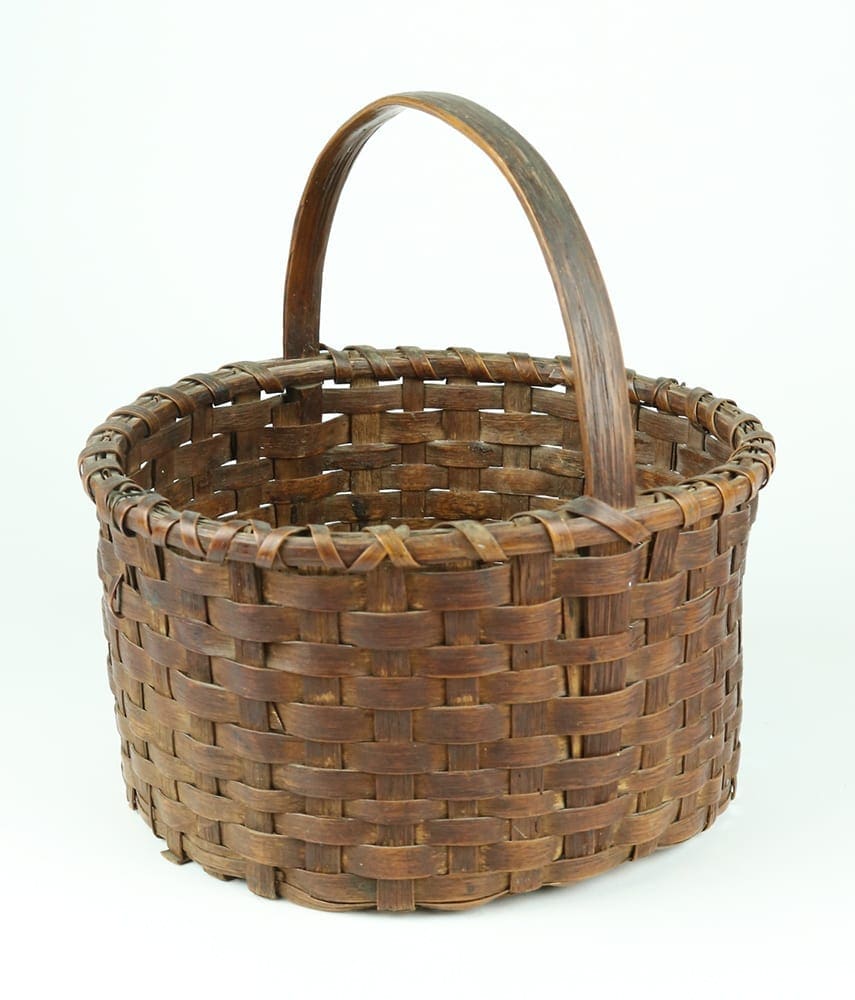
Donated by Billy Dean and Catherine Foster
This basket belonged to Elnora Coralee Webb Fritts (1865-1962). She was born at Durham (Washington County) and lived there always. Elnora and her husband, Lon, had four children: Herman, Lillie, Hattie, and Maggie.
Billy Dean Foster, Elnora’s grandson by her daughter, Maggie, remembers filling this basket with eggs when he was a little boy, and what a heavy load it was when he carried it!

